- Solar energy blog
- Defrosting the frozen Nordic solar market
Defrosting the frozen Nordic solar market
Explore the Nordics’ solar grid challenges and energy transition strategy. Read the blog to uncover policy gaps and solutions shaping Europe’s green future.


Laura Rodríguez
Territory Manager Oceania & Nordics
Laura is a renewable and software industry sales professional, currently working at RatedPower as Territory Manager Oceania & Nordics. With a background in International Business and International Trade, Laura previously worked in the business strategy area in various companies as well as as a market analyst for the Government of Spain in Australia.
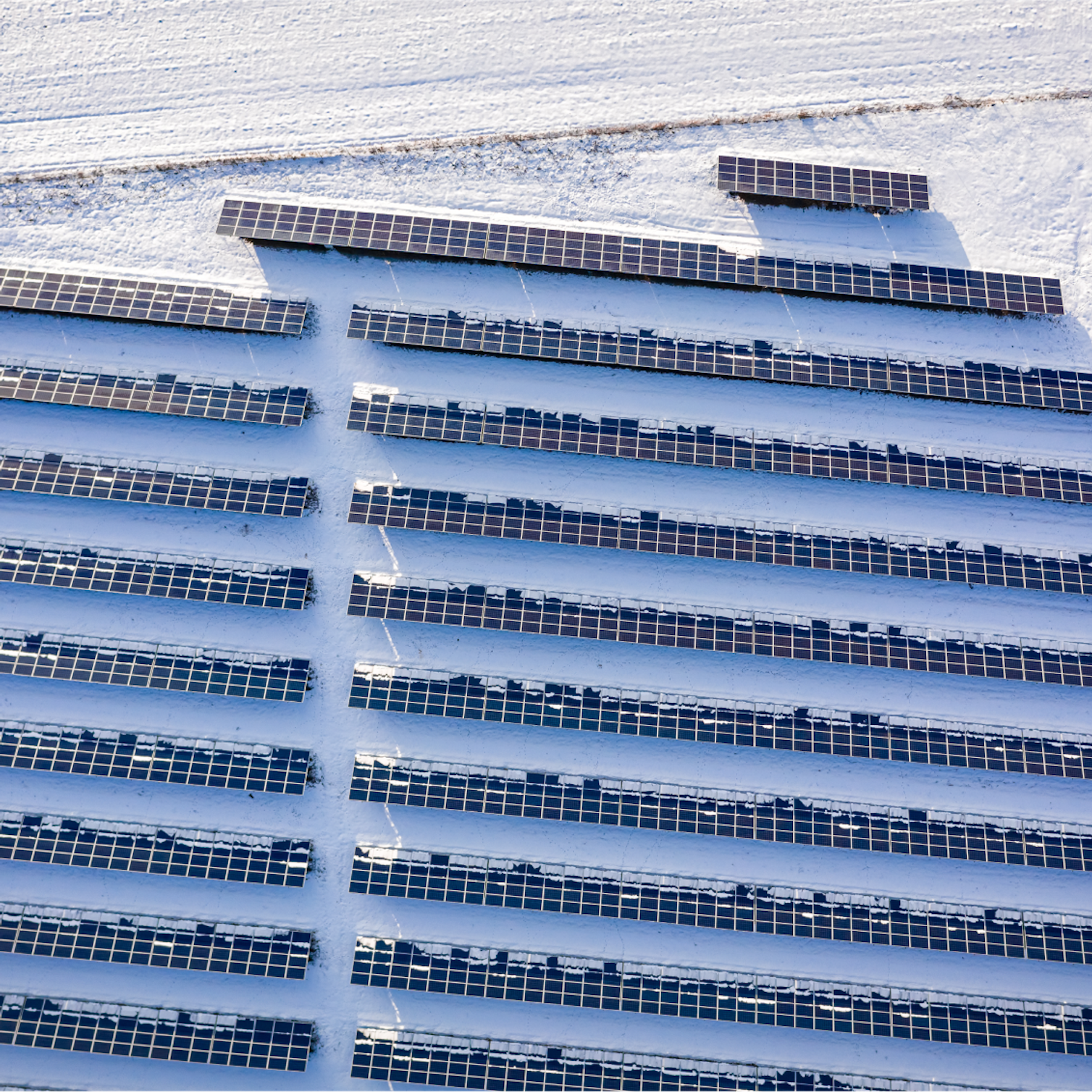
What does it take to lead the global green transition? The Nordics have been at the forefront of renewable energy for years, but the next phase demands more than keeping up with progress. It’s about working together, setting new standards, and making clean energy more accessible across Europe and beyond.
Policies will need to keep up with fast-evolving technology, as hydrogen, carbon capture, and smarter grids are reshaping how energy is produced and used. Aligning regulations, securing investments, and ensuring a smooth transition for industries will be just as important as producing the energy itself.
Gain valuable insights into the Nordics' path to climate neutrality. Download our eBook: Key milestones of Nordic environmental policy, to explore key climate policies from the Nordic Council study and discover strategies for strengthening the region's environmental framework.
The Nordic region now faces a critical challenge: a significant backlog in solar project connections due to grid congestion. This issue is not isolated; it reflects a broader European dilemma where ambitious green targets are hindered by the very infrastructure meant to support them.
Solar projects at a standstill: the grid congestion dilemma
Across Europe, including the Nordics, the rapid expansion of renewable energy sources has outpaced the development of necessary grid infrastructure. In Sweden, the connection process for utility-scale solar projects can take up to 1.5 years for a final answer, with construction potentially extending an additional two years if new grid concessions are required. On top of this, the regulation around grid development can mean permissions for grid upgrades can take up to 10 years. This delay is a microcosm of a continent-wide issue.
The European Union’s aging power grid, with approximately 40% of its infrastructure over 40 years old, is ill-equipped to handle the increasing influx of renewable energy. This mismatch has led to significant grid congestion, where even existing renewable energy is curtailed due to the inability of the grid to transmit it effectively. In some regions, this has resulted in situations where governments are paying companies not to generate electricity to avoid overloading the network.
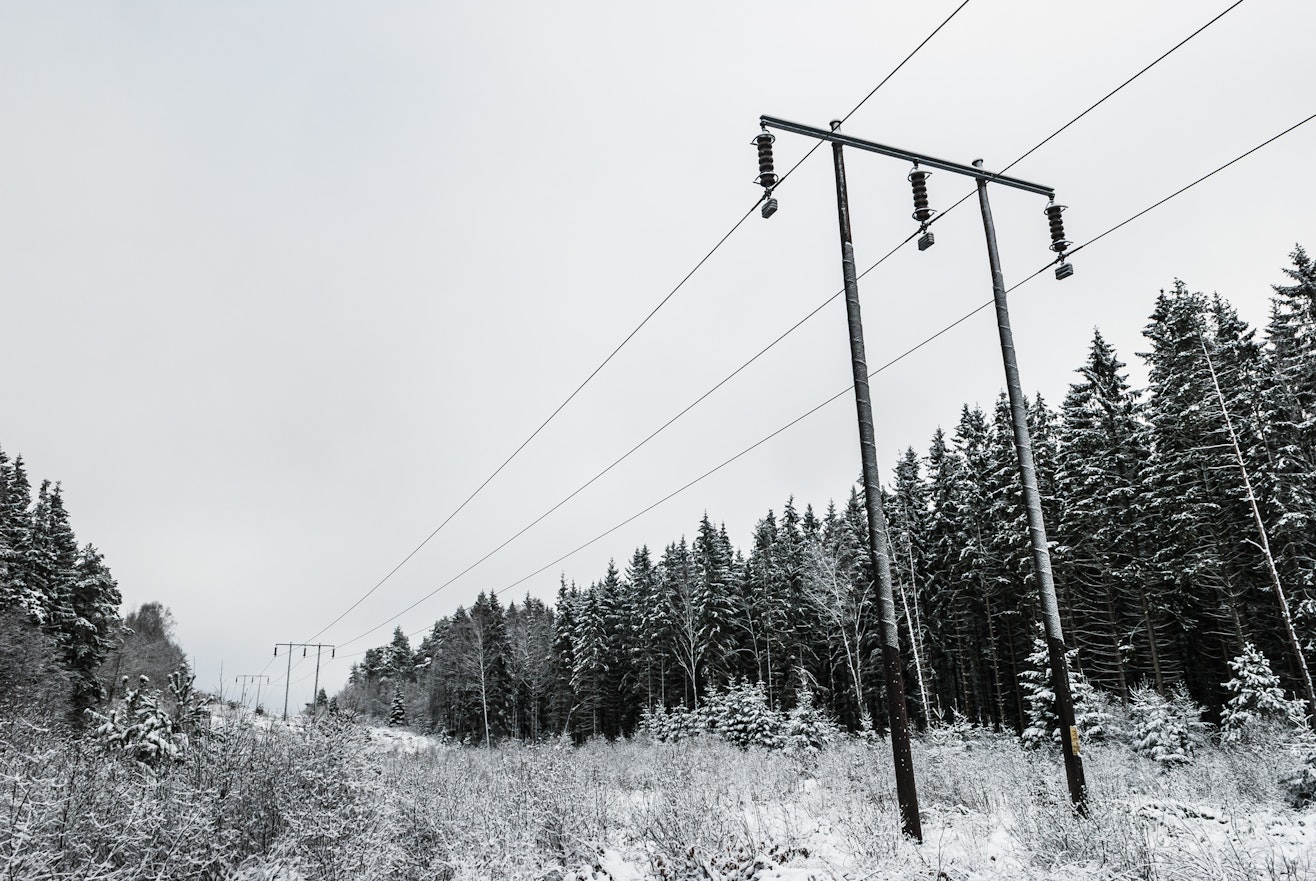
Policy lag: regulatory frameworks struggling to keep pace
The misalignment between national renewable energy targets and grid planning exacerbates the situation. Permitting procedures remain complex and time-consuming, with developers facing bureaucratic hurdles that delay project timelines; the lack of a streamlined, EU-wide approach to grid development and permitting further compounds these challenges.
Nordic 2025–2030 vision to combat grid congestion
The Nordics are scaling their role in energy cooperation. By 2030, they plan to strengthen regional ties, align with European policies, and take a more active role in global energy discussions. Their strategy focuses on three key areas, starting with a more structured approach to European energy policy.
Get the insights you need to stay ahead of the curve for the future of solar energy. Download our eBook: A review of 2030 renewable targets across the globe to explore the 2030 renewable energy targets in Europe, the USA, and other key regions around the world.
1. Targeted discussion on European matters
Reaching the Nordic energy vision for 2030 starts with political leaders, industry players, and researchers all shaping policies that drive clean energy forward. Over the next five years, the focus will be on adapting to European energy policies while strengthening Nordic-led initiatives.
Renewable energy remains a priority, with offshore wind playing a significant role in expanding clean power. At the same time, energy efficiency efforts will push forward through updated regulations like the Energy Efficiency Directive and eco-design policies. Making buildings and industries more efficient is key to cutting overall energy demand.
Hydrogen and smart system integration are also on the agenda. The Nordics are looking to incorporate hydrogen into existing energy systems and improve infrastructure to support their growth. The National Energy and Climate Plans (NECPs) will help guide these transitions, ensuring that policy and technology move in sync.
Research and innovation will continue to shape future solutions, and the Nordics plan to invest in carbon capture, hydrogen advancements, and offshore wind development.
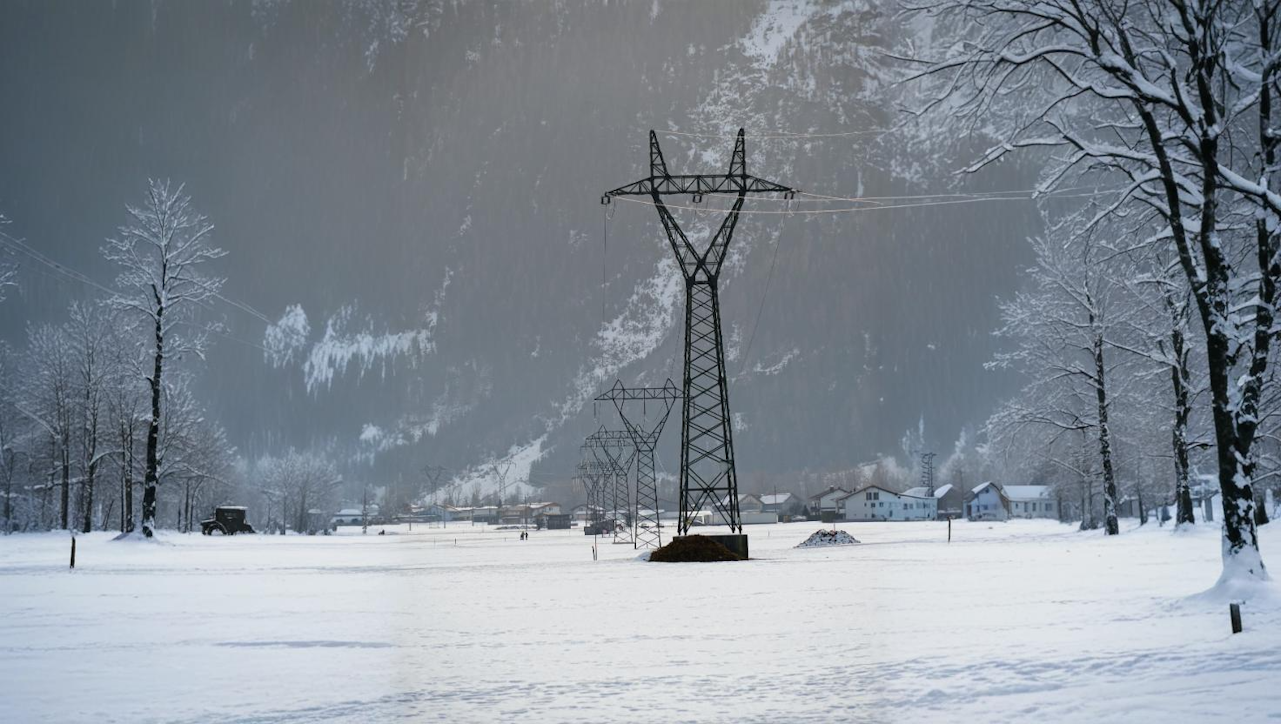
2. Cooperation on EU/EEA regulation implementation
New energy regulations are on the way, and the Nordics are doing what they can to be ready. With EU and EEA policies evolving between 2025 and 2030, aligning legal frameworks across the region will be paramount to help avoid delays, cut costs, and keep energy projects moving.
A more connected energy market also means greater stability, making clean power more reliable year-round.
One example of this is the North Seas Energy Cooperation (NSEC), where Denmark, Sweden, and Norway are working with other European nations to build a shared offshore energy grid. This will link wind farms across the region, strengthening supply and distribution.
By staying ahead of regulation changes, the Nordics are working to make sure policy supports progress.
3. International energy cooperation
The Nordics aren’t working in isolation. Stronger regional ties help, but shaping the future of energy also requires active participation in international organizations. The Nordics are aligning their policies, technologies, and expertise through structured cooperation to contribute to broader energy goals.
On a European scale
Across the EU, the Nordics play a key role in major energy initiatives. The Baltic Energy Market Interconnection Plan (BEMIP) connects the region to a larger European energy network, improving security and integration. The Nordics are trying to create a more stable and competitive electricity market by working alongside countries like Germany and Poland.
At the same time, Nordic transmission system operators contribute to ENTSO-E, the European Network of Transmission System Operators for Electricity. This collaboration ensures electricity flows efficiently across borders, keeping grids reliable as more renewable energy enters the mix. Meanwhile, through ACER, Nordic energy regulators align their frameworks with the rest of Europe, helping to simplify regulations and strengthen market transparency.
Download our latest 2025 Trends: Renewable Energy & Solar Research Report to unlock essential insights on the renewables industry. With perspectives from an industry-wide survey and stats from solar simulations on the RatedPower platform, it’s your go-to resource for understanding trends, challenges, and design strategies for the year to come.
On a global scale
Beyond Europe, the Nordics are shaping policies on a global scale. Through the International Energy Agency (IEA), they contribute to research and strategy development, using their expertise in clean energy to influence international decision-making.
Meanwhile, participation in the International Renewable Energy Agency (IRENA) helps push for faster adoption of renewable technologies worldwide.
Looking ahead: a transformed energy landscape
The current grid congestion and policy misalignment present obstacles to the Nordic and European green transition. Without substantial investment in grid infrastructure and regulatory reform, the ambitious renewable energy targets set for 2030 may remain out of reach. However, with concerted effort and coordinated action, there is potential to unlock the full capacity of renewable energy sources, propelling the region toward a sustainable and resilient energy future.
Webinar: Mitigating extreme weather risks with advanced data in solar designs
Join Laura Rodriguez (Territory Manager at RatedPower) and Evan Kyte (Product Manager at Clean Power Research) in this webinar to discover how incorporating precise, site-specific irradiance and weather analytics during the preliminary design phase can significantly reduce risks and enhance project performance.
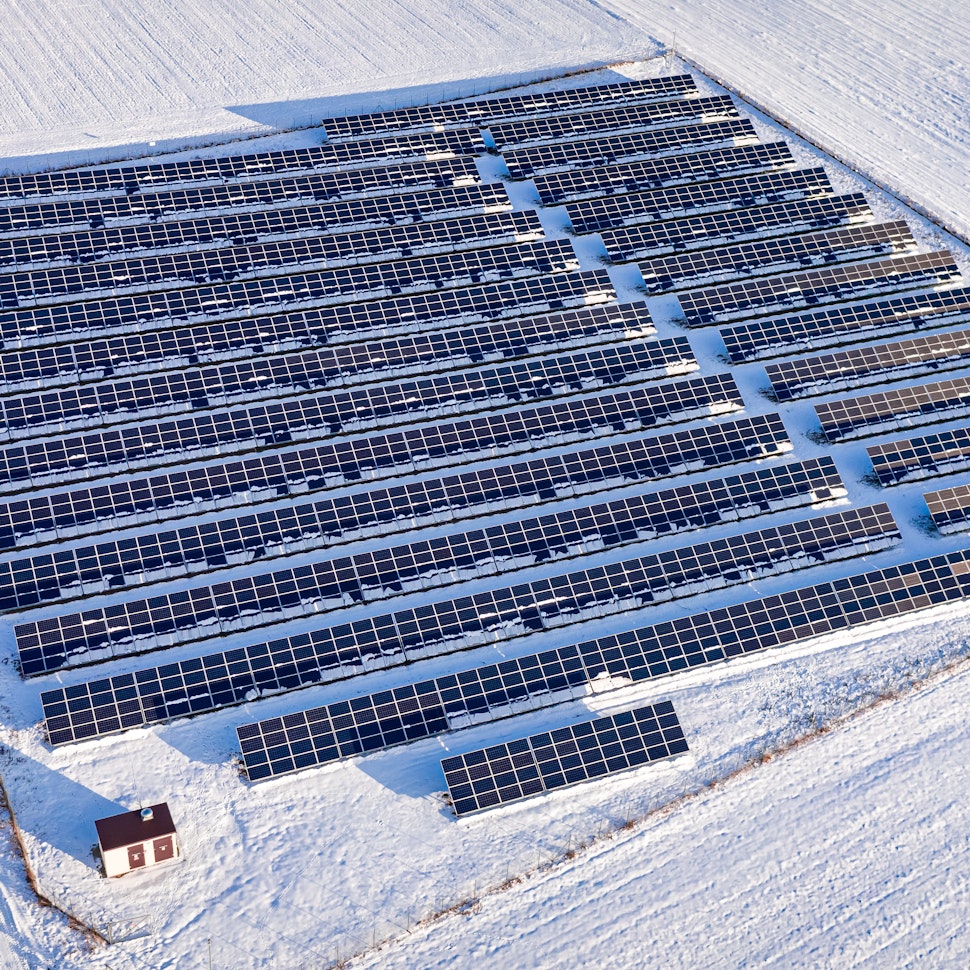
Latest stories
Related posts
Market analysis
Powering through the peak: Why solar + storage is gaining momentum in MENAT
Discover how MENAT is building a functioning solar economy and why rising peak demand during extreme heat is squeezing its energy architecture.
Updated 11 DEC, 25

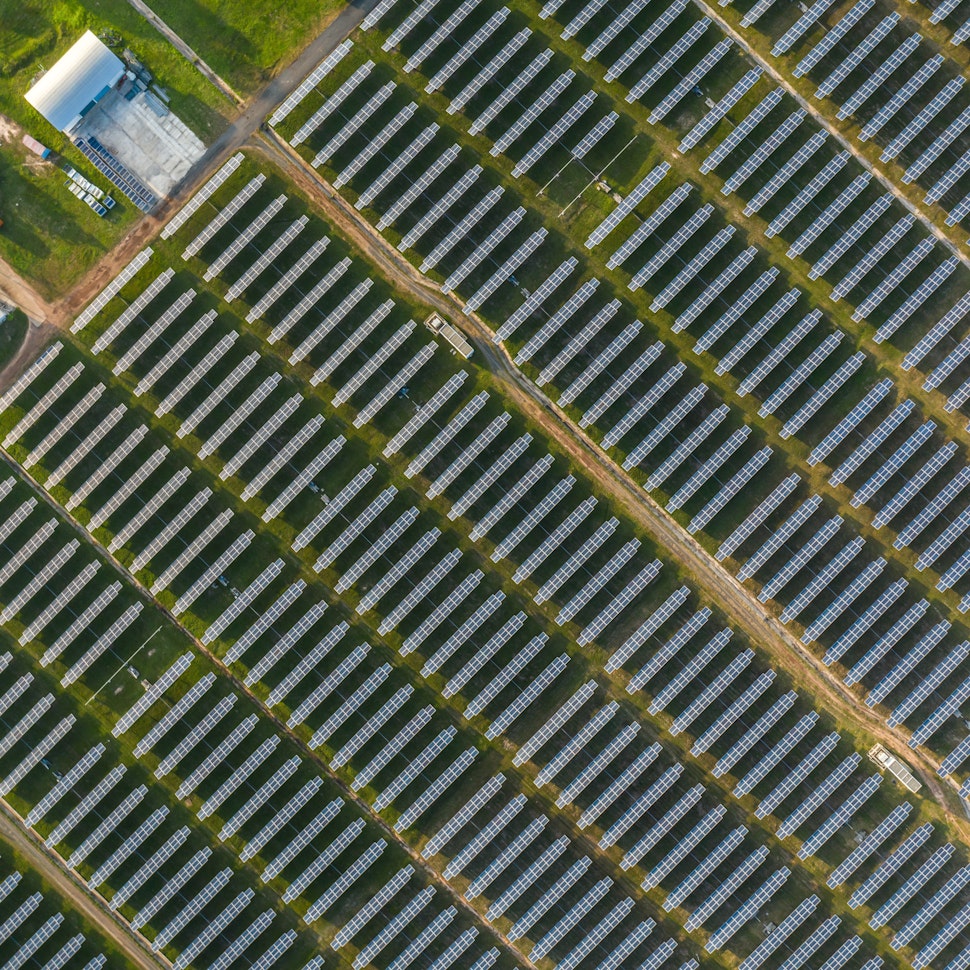
Market analysis
The rise of utility-scale PV + storage plants in Italy
Discover how Italy’s latest policies and auctions are driving utility-scale solar and battery storage projects to meet ambitious 2030 targets.
Updated 4 DEC, 25

Market analysis
From sun to socket: What Iberia’s grid needs to handle 2030 renewable targets
Discover how Spain and Portugal are upgrading their grids to meet ambitious renewable targets and prevent future blackouts.
Updated 25 NOV, 25
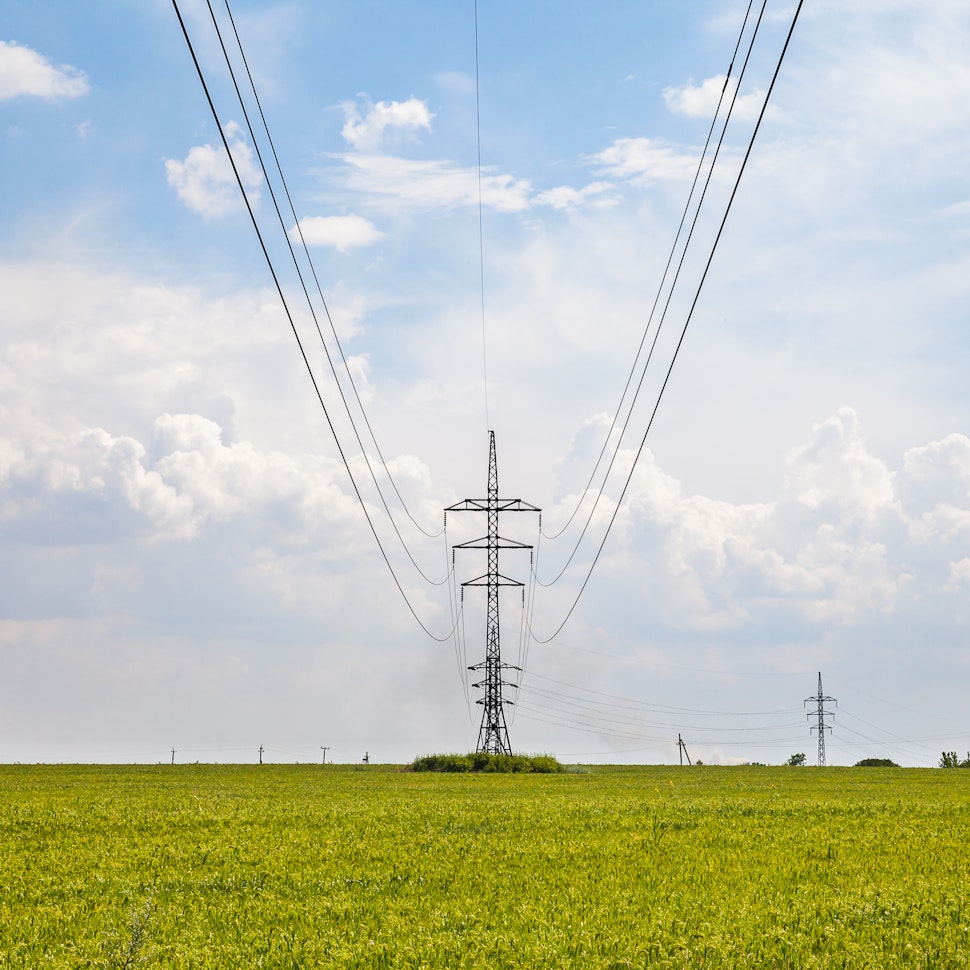
- RatedPower
- Solar energy blog
- Defrosting the frozen Nordic solar market
 Watch a demo
Watch a demo Ask our AI Product Expert
Ask our AI Product Expert
